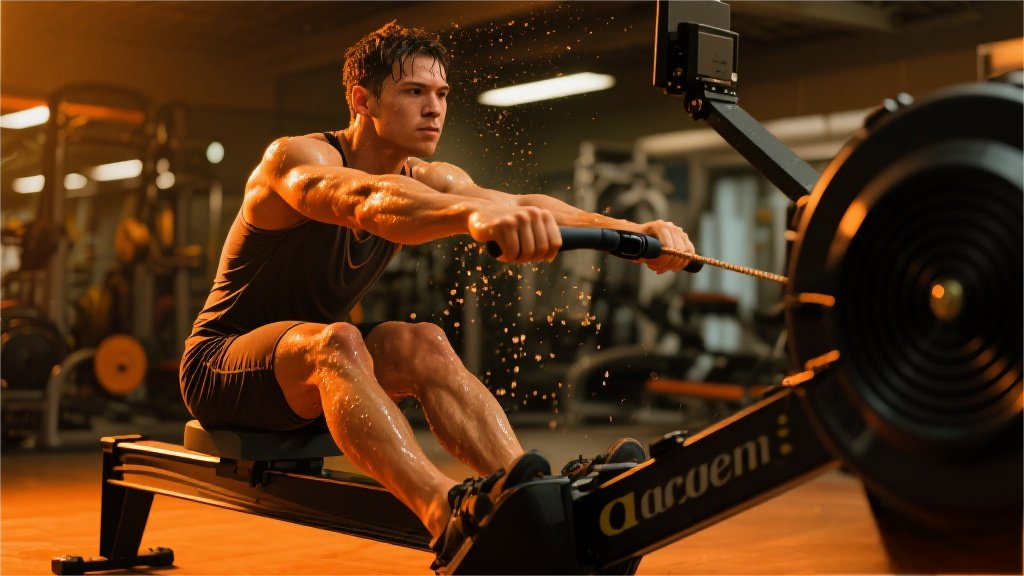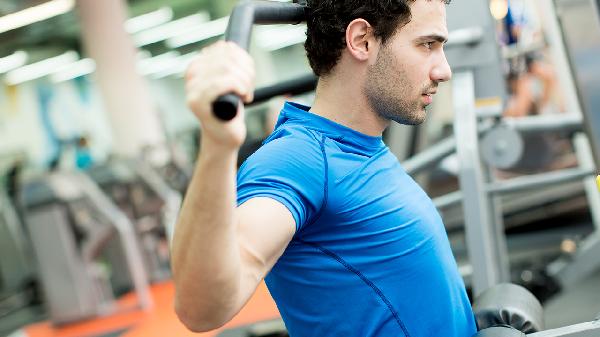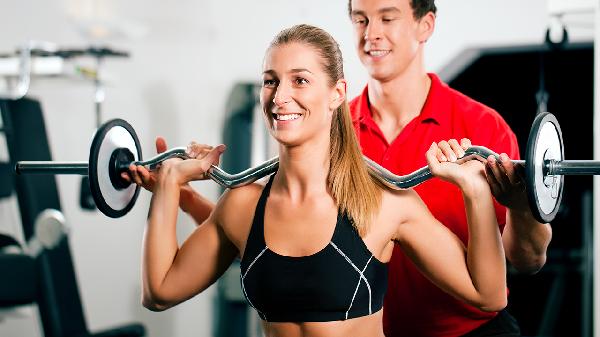If you can crank out 50 or more squats in one go without taking a break, congrats—you might just be part of the fitness elite. But before you start bragging to your friends, let’s break down what that really means for your strength, endurance, and overall health. Squats are one of the most telling exercises when it comes to lower-body fitness, and your ability to perform them continuously says a lot about your muscular endurance, joint health, and even cardiovascular efficiency.
The Science Behind Squat Stamina
Your ability to knock out squats like it’s nothing isn’t just about strong legs—it’s a full-body effort. Squats engage your quads, hamstrings, glutes, core, and even your upper body for stabilization. Research shows that muscular endurance (the ability to perform repeated movements without fatigue) is a strong indicator of overall fitness. Elite performers can usually maintain proper form even when fatigued, which means their neuromuscular efficiency—how well their brain communicates with their muscles—is on point. If you’re breezing through high-rep squats, your fast-twitch and slow-twitch muscle fibers are likely well-balanced, meaning you’ve got both power and staying power.
How Many Squats Are Considered Elite?
There’s no one-size-fits-all answer, but fitness benchmarks suggest that hitting 50+ consecutive bodyweight squats with solid form puts you in the top tier. For context, the average untrained person might max out around 20 before form starts crumbling. Athletes, military personnel, and serious gym-goers often aim for 75-100 reps as a gold standard. But here’s the kicker: it’s not just about quantity. If you’re sacrificing depth or letting your knees cave in after rep 30, those numbers don’t mean much. True elite status requires control, full range of motion, and the ability to recover quickly afterward.
Why Squat Endurance Matters Beyond the Gym
Being able to squat for days isn’t just a party trick—it translates to real-world resilience. Think about it: squatting mimics movements like sitting/standing, lifting groceries, or playing with your kids. High endurance here means you’re less likely to fatigue during daily activities, and your injury risk drops because your joints and stabilizer muscles are conditioned. Plus, squat stamina correlates with better athletic performance in everything from running to cycling. Some studies even link lower-body endurance to longevity, since strong legs help maintain mobility as you age.
Warning Signs You’re Pushing Too Hard
If you’re gunning for elite status, don’t ignore your body’s red flags. Sharp knee or hip pain? That’s not normal fatigue—it’s a sign to back off. Other danger zones: lower back rounding (hello, herniated disc risk), or feeling dizzy mid-set (a hint your cardio might not be keeping up). And if you’re so sore the next day that walking downstairs feels like a horror movie, you probably overdid it. Elite endurance is built progressively—not in one heroic (and reckless) session.
How to Train for Next-Level Squat Stamina
Want to join the 50+ club? Start by nailing your form: feet shoulder-width, chest up, hips back, and thighs parallel to the floor at minimum. Then, try techniques like grease-the-groove (doing multiple small sets throughout the day) or pyramid sets (increasing then decreasing reps). Mix in weighted squats to build strength, and don’t neglect unilateral moves like lunges to address imbalances. Most importantly: breathe. Holding your breath during high reps spikes blood pressure and tanks your stamina.
So, can you crush 50+ squats without stopping? If yes, you’re operating at a seriously impressive level. If not, now you know how to get there—safely and smartly. Either way, squat endurance is a killer metric for fitness, so keep tracking those reps and celebrating progress.
























